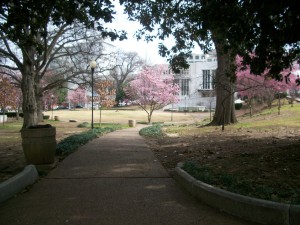Feb
2016
Live Green. Learn Better
 In this article researchers Hillsdon, Panter, Foster, Jones examine how accessible green spaces are in urban environments. The researchers explore how undistributed amount of green space allocated in cities. The experiment was conducted in Norwich, UK. The method in which the experiment was carry out was through the calculating the distance of the green spaces to people of various economic background status. In addition to testing how much of the green space is accessible, the researcher also learned that that a reduction in greens space affects the amount of recreational physical activity in these areas. Once the experimenters conducted the experiment the results render, that green spaces could not be full conclusive that economic status is associated with the amount of green spaces in an urban environment. The lack of green spaces in urban areas inspire a lower level of physical activity than those who live in an area with access to more green spaces. The absence of green spaces in urban areas heavily impact the lives of those who live the area in negative ways residents may not notice. This study proves the built environment has an impact on recreational physical activities.
In this article researchers Hillsdon, Panter, Foster, Jones examine how accessible green spaces are in urban environments. The researchers explore how undistributed amount of green space allocated in cities. The experiment was conducted in Norwich, UK. The method in which the experiment was carry out was through the calculating the distance of the green spaces to people of various economic background status. In addition to testing how much of the green space is accessible, the researcher also learned that that a reduction in greens space affects the amount of recreational physical activity in these areas. Once the experimenters conducted the experiment the results render, that green spaces could not be full conclusive that economic status is associated with the amount of green spaces in an urban environment. The lack of green spaces in urban areas inspire a lower level of physical activity than those who live in an area with access to more green spaces. The absence of green spaces in urban areas heavily impact the lives of those who live the area in negative ways residents may not notice. This study proves the built environment has an impact on recreational physical activities.